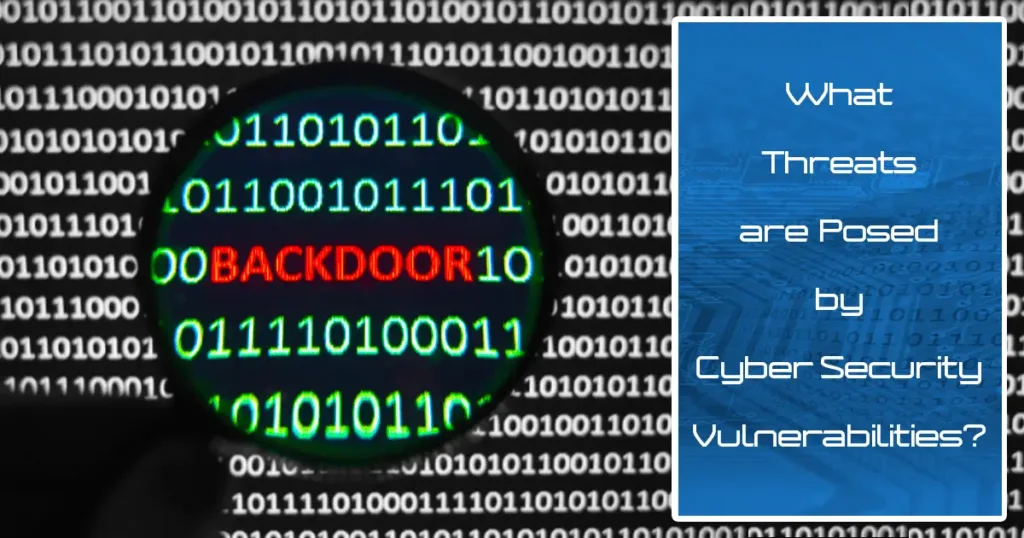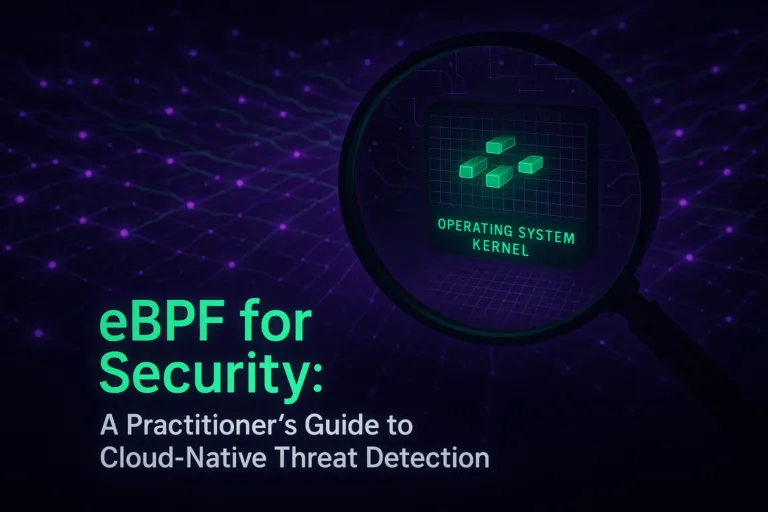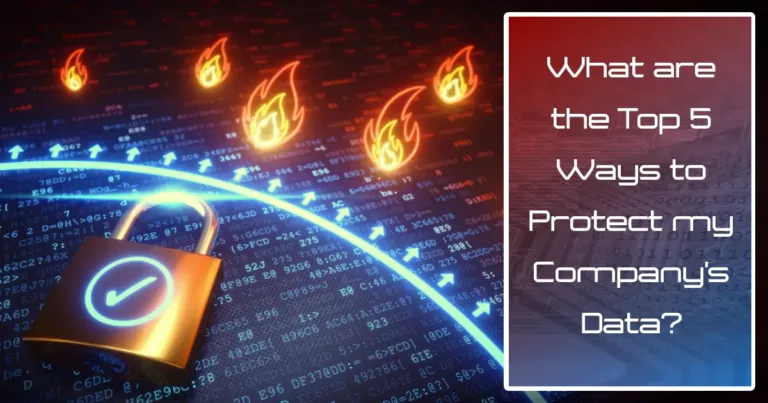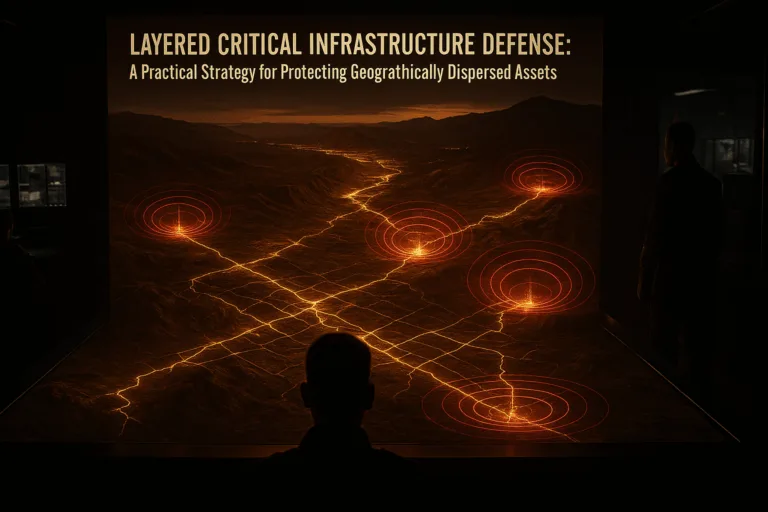In today’s digital era, the cybersecurity threat landscape is constantly shifting, presenting new challenges and vulnerabilities for businesses worldwide. As technology becomes more embedded in our daily operations, the stakes for protecting company data, networks, and assets from cyber threats have never been higher. Understanding the “Cybersecurity Threat Landscape” is crucial for any organization aiming to maintain customer trust and safeguard its reputation.
Understanding Common Cybersecurity Threats
The array of cybersecurity threats is broad and diverse, encompassing everything from viruses and worms to sophisticated phishing and Denial of Service (DoS) attacks. Each threat carries potential financial losses and reputational damage, making comprehensive cybersecurity measures essential.
Viruses and Worms
Viruses and worms represent some of the most familiar threats in the cybersecurity world. Viruses attach themselves to files and spread across networks, corrupting data and slowing systems. Worms, in contrast, exploit network vulnerabilities to spread, causing widespread damage without needing to attach to individual files.
Trojans and Spyware
Trojans deceive users by masquerading as legitimate software, allowing cybercriminals unauthorized access to systems. Spyware stealthily gathers user data, monitoring internet activities and personal information without consent.
Adware and Phishing Attacks
While adware may seem less malicious, it can undermine user privacy and security, redirecting users to harmful sites or collecting data for unsolicited purposes. Phishing attacks, using deceptive emails or websites, aim to steal sensitive information like login credentials and credit card numbers.
Advanced Threats: SQL Injection and DoS Attacks
SQL injection attacks target databases through malicious code, compromising sensitive information. DoS attacks overload systems, denying access to legitimate users, and disrupting business operations.
Man-in-the-Middle (MitM) Attacks
MitM attacks intercept communications between two entities to eavesdrop or manipulate data. These attacks are particularly insidious, as they can occur without leaving traces, making detection challenging.
Applying Knowledge in the Cybersecurity Threat Landscape
Understanding the cybersecurity threat landscape is only the first step; applying this knowledge effectively to protect your organization is what truly matters. Here’s how businesses can leverage their understanding of cybersecurity threats to enhance their digital defenses:
Conduct Regular Security Assessments
Regular security assessments are vital in identifying vulnerabilities within your organization’s network and systems. By scheduling periodic evaluations with cybersecurity experts like Grab The Axe, businesses can stay ahead of potential threats. These assessments provide a clear picture of your current security posture and recommend improvements.
Implement a Multi-Layered Security Strategy
A multi-layered security strategy involves using a combination of firewalls, antivirus software, intrusion detection systems, and other security measures to protect against a wide range of threats. This approach ensures that if one layer is compromised, others are in place to defend the system.
Educate and Train Your Workforce
Human error is a significant factor in many cyber incidents. Educating your employees about common cyber threats and training them on security best practices can greatly reduce the risk. Regular training sessions should cover topics like recognizing phishing emails, securing personal devices used for work, and safe internet browsing habits.
Stay Updated on Latest Cybersecurity Trends and Threats
The cybersecurity landscape is continually evolving, with new threats emerging regularly. Staying informed about the latest trends and threats is crucial. Subscribe to cybersecurity newsletters, attend webinars, and follow trusted security experts on social media to keep up-to-date with the latest information.
Develop and Practice Incident Response Plans
Having an incident response plan in place before a cybersecurity event occurs can significantly minimize damage. This plan should outline the steps to take immediately following a security breach, including how to contain the threat, assess the impact, and communicate with stakeholders. Regular drills and simulations can help ensure everyone knows their role in an emergency.
Leverage Advanced Technologies
Technologies such as artificial intelligence (AI) and machine learning can provide advanced threat detection and response capabilities. Implementing security solutions that utilize these technologies can help identify and neutralize threats more quickly and efficiently.
Partner with Cybersecurity Experts
Collaborating with cybersecurity experts like Grab The Axe allows businesses to benefit from specialized knowledge and experience. A trusted partner can provide ongoing support, from conducting security assessments to implementing tailored security solutions and responding to incidents.
Fortifying Your Digital Defenses with Grab The Axe
In response to the dynamic “Cybersecurity Threat Landscape,” proactive defense strategies are paramount. This includes staying informed about emerging threats, implementing robust security protocols, and regularly assessing your cybersecurity posture.
At Grab The Axe, we specialize in comprehensive security evaluations, equipping businesses with the knowledge and tools needed to navigate the complexities of modern cybersecurity threats. By partnering with us, you gain access to expert insights and tailored solutions designed to fortify your digital defenses against the ever-evolving threat landscape.
Cybersecurity Threat Landscape: Take Action to Secure Your Digital Future
The future of your corporate security depends on the actions you take today. Scheduling a security assessment with Grab The Axe is the first step towards understanding your vulnerabilities and implementing effective defenses. Our team is dedicated to ensuring the safety and security of businesses in the face of growing cyber threats.
References:
Lau, J. (2023, October 2). State of Cybersecurity 2023: Navigating Current and Emerging Threats. ISACA. Retrieved from https://www.isaca.org/resources/news-and-trends/isaca-now-blog/2023/state-of-cybersecurity-2023-navigating-current-and-emerging-threats
CrowdStrike. (2023). 2024 Global Threat Report. Retrieved from https://www.crowdstrike.com/global-threat-report/
Cybersecurity Threat Landscape – To Learn More:
What is included in a cybersecurity assessment? A Detailed Guide 2024
Cybersecurity Threats 2024: Stay Protected with Advanced Strategies






This Post Has 2 Comments
Pingback: Your Success: 5 Essential Data Protection Strategies for Businesses - Grab The Axe
Pingback: Strengthening Faith: Cybersecurity Practices for Religious Institutions - Grab The Axe
Comments are closed.